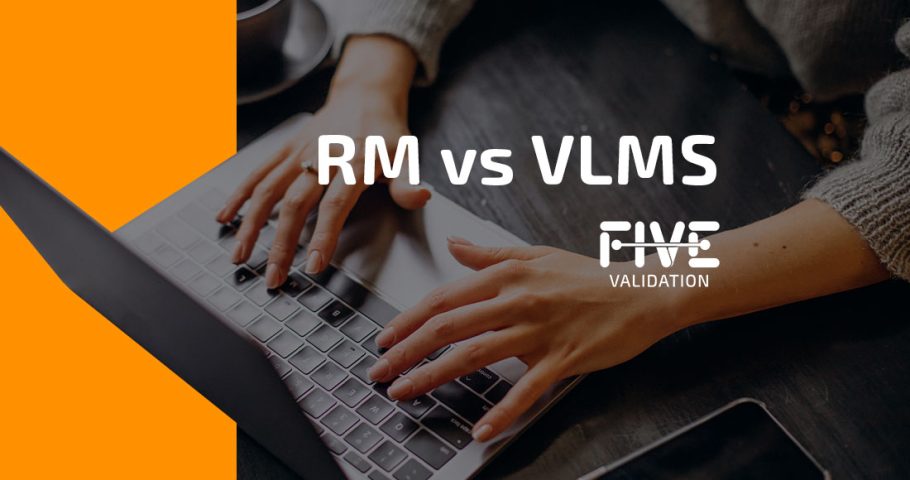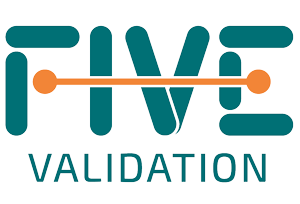Requirements Management vs Validation Lifecycle Management

Although it seems at first that a Requirements Management System (RM) and a Validation Lifecycle Management System (VLMS) are similar, the RM has a limited scope in relation to VLMS conformity.
It is very common to use RM in software and/or product development companies. Teams who work with well-defined and structured requirements, need to ensure that their products and services meet the expectations of stakeholders (e.g., internal and external customers, users, project staff, and regulatory bodies).
For biopharmaceuticals and medical device companies, this need is even more evident. According to good practices and current regulatory requirements, the User Requirement Specification, or “URS,” is the first document that must be prepared for an acquisition or development of a solution.
On one hand, we have Software/Product Engineering, which one will need to properly capture and record the system requirements for interested parties for building and managing changes to a product.

- Note: these requirements will serve as a reference for developers, project managers, and software engineers and define basically the scope of functionality, features, and priorities of the system.
On the other hand, we have the end customer, who will also need to define clearly and precisely what a regulated company wants the system to do. This is driven by the needs of the business process and its intended use.

- Note: there is a broader document structure, which uses an approach based on lifecycle (i.e., conception to meeting requirements to including development to release and use, to decommissioning/discontinuation).
The requirements management process basically involves four steps: planning, development, verification, and validation. The validation step ensures that the system complies with requirements and was built correctly.
Software companies can perform these definitions and verifications traditionally on paper, but in general, many are now migrating to digital solutions that allow electronic workflow, gaining more flexibility and agility.
Companies that work with more complex products and serve regulated industries will be more successful when using solutions that allow them to manage, verify, and validate these requirements with traceability. This is a usual requirement for these companies.
GO!FIVE® software is developed by FIVE Validation to manage the Validation and Verification (V&V) cycle. It combines Agile methodology for requirements management so both software companies and regulated companies can benefit from the system's functionality. It is possible to use pre-configured templates following FDA, ANVISA, EMA, and WHO guidelines. Also, it is possible to customize them simply and quickly.
.
The system complies with FDA 21 CFR Part 11, being a solution with strategic and integrated management:
- Risk Management
- Requirements Management
- Test Execution
- Incident Management
- Inventory Management
- Verification and Validation - V&V
- Data Integrity
- Access Control
- Electronic Signature
This integration allows for easier management and cost reduction; since it is not necessary to maintain and sustain different systems.
There are typical documents made available by software companies that can also be created directly on the GO!FIVE® platform. Two examples are Functional Specification and Hardware Design.
If you want to know more contact us: [email protected]



